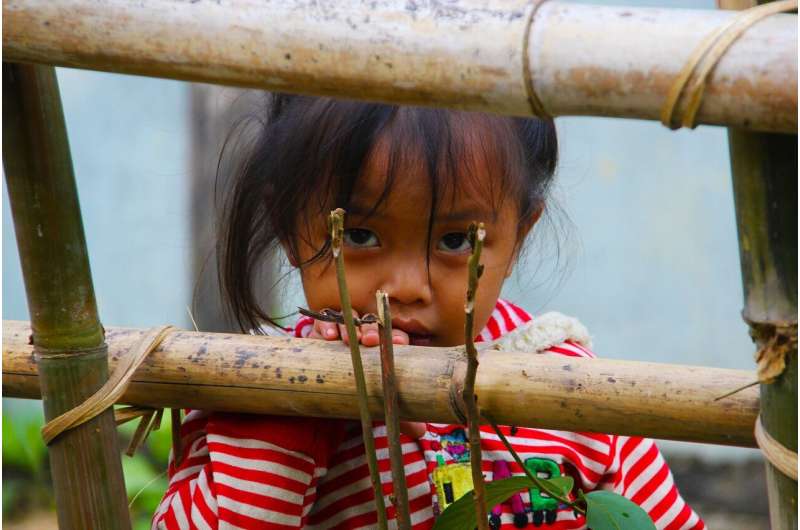Exploring policies to reduce child poverty and child maltreatment

In a recent study, researchers have conducted a scoping review of previous studies to explore the effects of policy changes on child poverty rates. The study conducted an empirical analysis to estimate the relationship between child poverty rates and child maltreatment report (CMR) rates using national county-level data.
The findings highlight the significant impact of policy changes on child maltreatment, with a focus on key policies such as the Earned Income Tax Credit (EITC), Child and Dependent Care Tax Credit (CDCTC), Child Tax Credit (CTC), child allowance, Supplemental Nutrition Assistance Program (SNAP), and housing voucher. Among these, the study identifies the most influential policies, such as a child allowance and a fully refundable Child Tax Credit, demonstrating substantial indirect effects but also higher costs.
The research emphasizes that despite the potential costs of implementing certain policies, the benefits of reducing child maltreatment rates outweigh the associated expenses. The indirect effects of policy changes, mediated through child poverty rates, present a promising strategy for addressing child maltreatment.
The study is in the journal Children and Youth Services Review.
More information: Hyunil Kim et al, Policies to reduce child poverty and child maltreatment: A scoping review and preliminary estimates of indirect effects, Children and Youth Services Review (2023).
Provided by University of Illinois at Urbana-Champaign
















